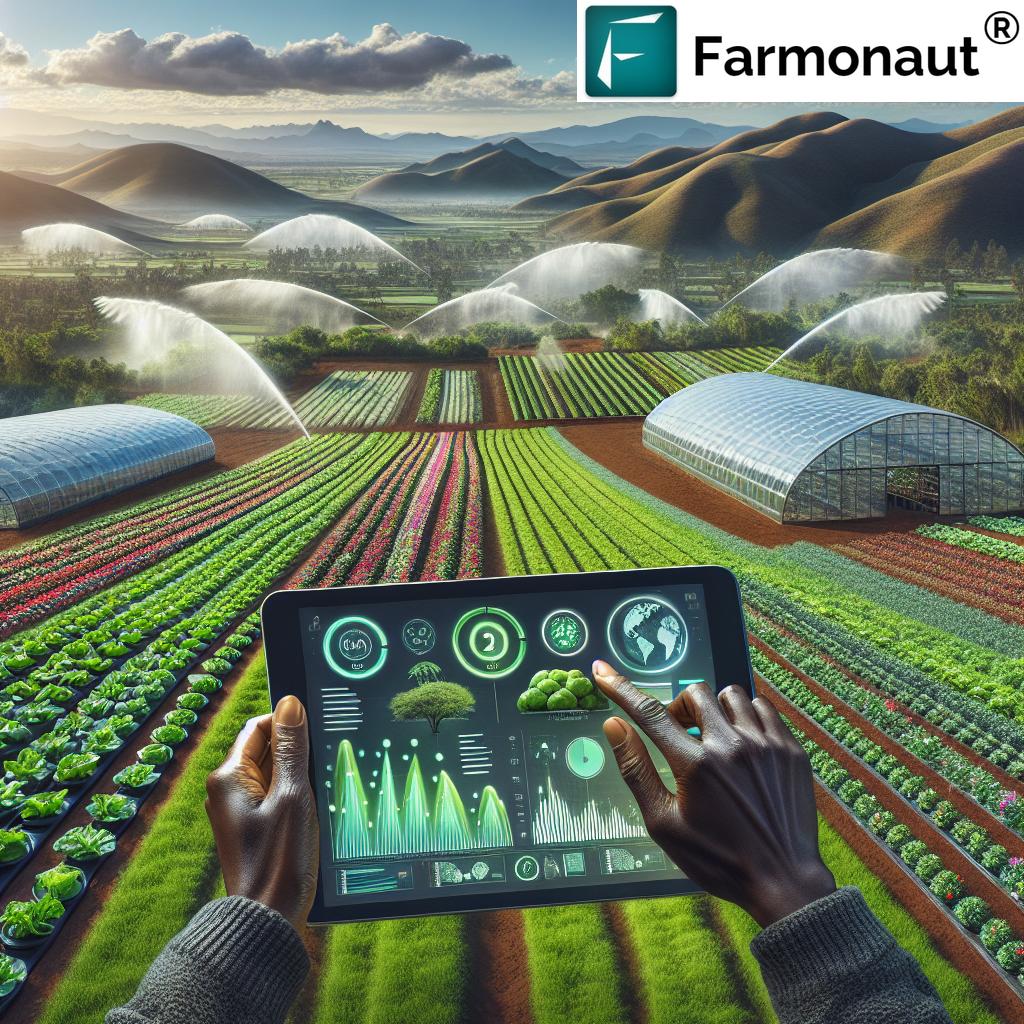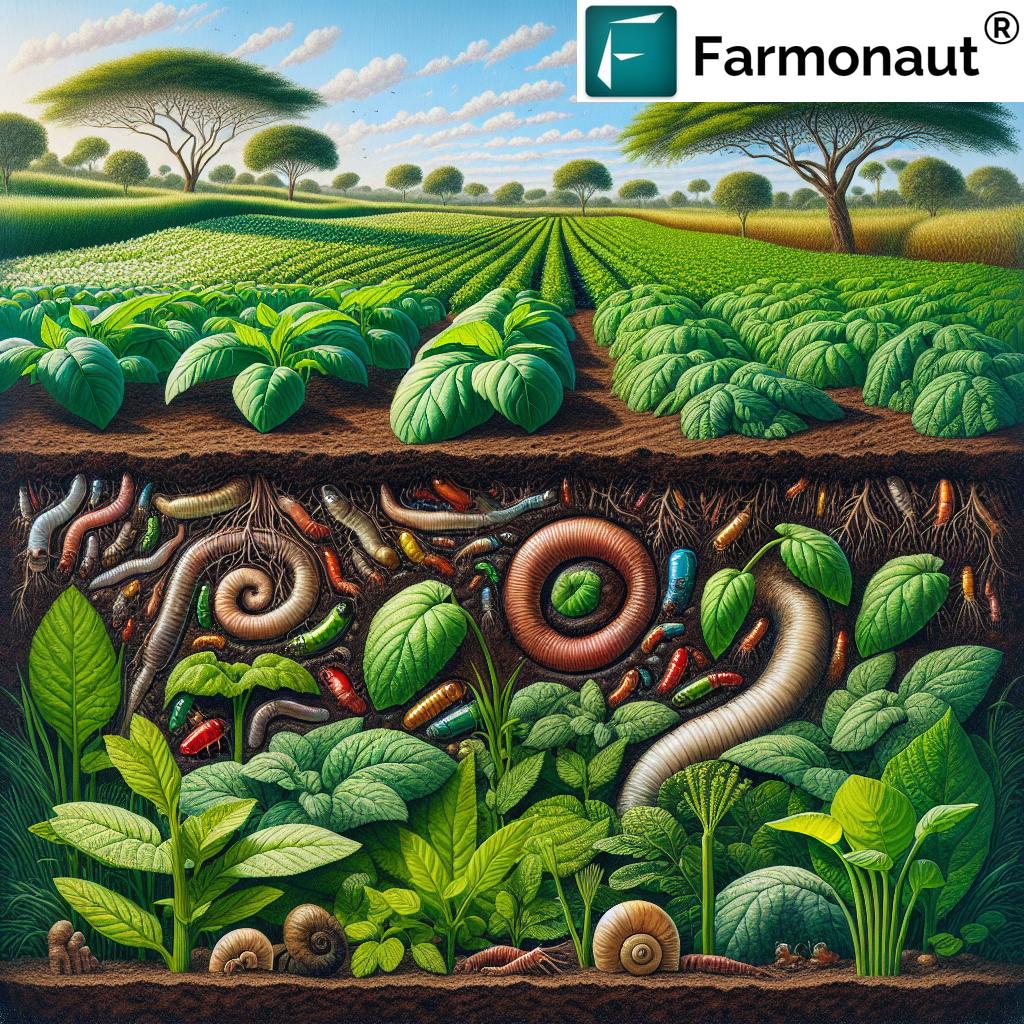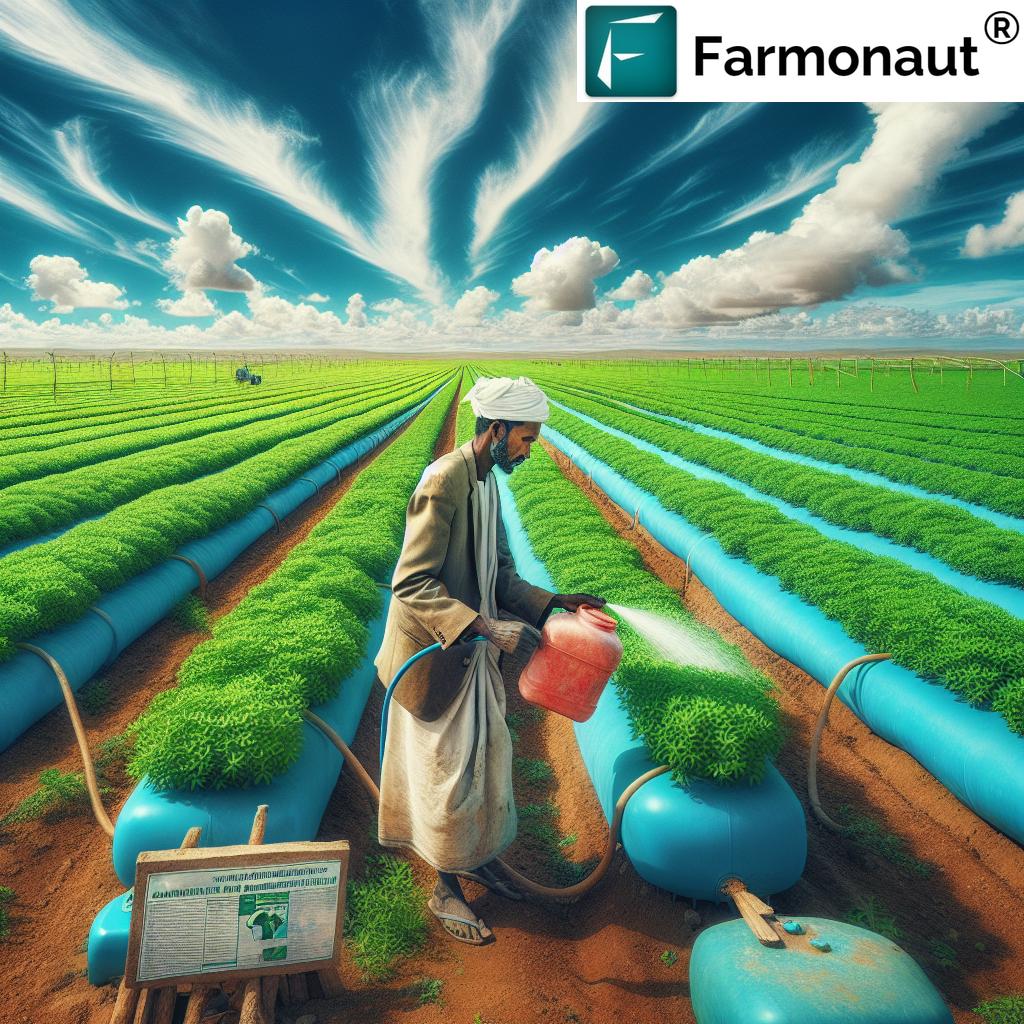Ancient Egyptian Farming: 7 Key Irrigation Techniques
“Ancient Egyptians managed annual Nile floods to irrigate approximately 21,000 square kilometers of farmland along the riverbanks.”
Summary: Ancient Egyptian Farming — Techniques and Irrigation Methods Shaping Sustainable Agriculture
Ancient Egyptian farming stands as a remarkable example of early agricultural ingenuity, showcasing a suite of irrigation and crop management techniques that not only maximized the fertile bounty of the Nile, but also laid the foundation for sustainable farming practices, soil stewardship, and efficient water use in arid environments.
As we face the mounting challenges of climate change, resource scarcity, and environmental degradation in 2025 and beyond, revisiting ancient Egyptian irrigation and farming techniques offers valuable lessons for sustainable agriculture as practiced worldwide, especially in arid and semi-arid regions like those along the Nile. These ancient techniques highlight the sophistication of resource management, community-driven innovation, and timeless eco-friendly methods that remain highly relevant in our era.
The Foundation of Ancient Egyptian Farming: Nature, Ingenuity, and Sustainable Cycles
The story of ancient Egyptian farming begins with the annual flooding of the Nile River. Each year, the Nile would overflow its banks, depositing vast quantities of nutrient-rich silt onto the surrounding riverbanks and floodplains. This natural cycle revitalized the soil, restored fertility to the land, and set the stage for a highly stable agricultural system capable of supporting one of the world’s earliest complex civilizations. However, relying solely on nature was insufficient for stable food production year-round.
To maximize the efficiency of this natural boon, ancient Egyptian farmers devised sophisticated irrigation and soil management techniques that allowed them to thrive along the river, even in harsh arid regions. The result was a system that balanced the benefits of the Nile’s natural flooding with engineered methods of water management, crop rotation, and resource stewardship that have shaped agricultural thinking for millennia.
Let’s dive into the specific irrigation methods, technologies, and agricultural practices that defined ancient Egyptian farming and discover how their insights can help shape sustainable agriculture worldwide in 2025 and beyond.
Overview: Ancient Egyptian Irrigation Techniques — Showcasing Early Ingenuity
Ancient Egyptian irrigation and farming techniques reflect a sophisticated understanding of water, soil, and ecosystem management. Key technologies included:
- Basin irrigation systems with earthen embankments and divided dikes to manage Nile water and silt deposition
- Shaduf — a manually-operated device for lifting water into channels leading to higher fields
- Canals and ditches that distributed river water efficiently across farmland
- Construction of dikes and embankments to control and direct water flows
- Primitive pot irrigation (Chain of Pots) for irrigation in small plots and gardens
- Leveraging the annual inundation (flood fertilization) for seasonal soil renewal
- Crop rotation, fallowing, and cultivation of flood-resistant crops and native plants
Each of these techniques provided unique advantages in water, soil, and crop productivity — enabling Egyptians to develop a stable, sustainable agricultural system that thrived for centuries.
“Seven key techniques helped Egyptians maintain crop yields, supporting a population of nearly 5 million by 2500 BCE.”
Comparative Summary Table: Ancient Egyptian Irrigation Techniques
| Irrigation Technique | Methodology | Estimated Water Efficiency (%) | Required Resources | Environmental Impact | Relevance for 2025+ Sustainability |
|---|---|---|---|---|---|
| Basin Irrigation | Flooded earthen basins, allowing controlled water retention and slow drainage for soil moisture and fertility | 50–65% | Labor, earthen dikes, embankments, Nile water, flat land | Minimized erosion, natural soil renewal; low energy input | Can shape modern floodplain management, eco-friendly in arid regions |
| Shaduf | Manual lift of water via long pole and bucket with counterweight, used to irrigate higher fields | 40–50% | Wood, stones (pivot), bucket, labor | Zero carbon emissions, technology scalable for smallholders | Relevant for off-grid farming, small plots, low-energy irrigation |
| Canal Irrigation | Dug canals and ditches that guided river water to fields; allowed tailored water distribution | 60–75% | Labor, digging tools, community management | Promoted community cooperation; prevented over-watering | Basis for modern irrigation networks and large-scale canal systems |
| Flood Irrigation | Direct reliance on the Nile’s annual flooding to inundate fields naturally | 30–40% | Nile water, flat land | Bulk soil revitalization; potential for waterlogging if not managed | Highlights floodwater management for risk reduction today |
| Dikes & Embankments | Earthen barriers built to control water flow, reduce flood risks, and retain irrigated water | 45–60% | Earth, manual labor, cooperation | Soil conservation, reduced flooding, enhanced resilience | Inspires flood defenses and resilience strategies, especially in flood-prone zones |
| Chain of Pots | Series of clay pots used to carry and slowly release water near plant roots | 35–50% | Clay/earthen pots, buckets, labor | Efficient for micro-irrigation; ultra-low water loss | Applicable in modern urban/family gardens, water-scarce areas |
| Crop Rotation & Fallowing | Alternating crops and resting land to restore soil nutrients and reduce pests | Up to 20% (soil fertility gain, indirect water savings) | Seeds, planning, knowledge sharing | Regenerates soil naturally; enhances crop resilience | Core for sustainable farming, carbon sequestration, and organic production |
7 Key Ancient Egyptian Irrigation Techniques — Foundations of Sustainable Water and Soil Management
1. Basin Irrigation — The Cornerstone of Ancient Egyptian Farming
Basin irrigation is perhaps the most iconic technique of ancient Egyptian farming. Farmers constructed earthen embankments and dikes to create large basins or fields, each bordered by low dirt walls and divided for practical management. After the annual Nile inundation, water was allowed into these basins and trapped by the dikes, giving the soil time to soak up moisture and deposit silt laden with nutrients.
Once the required soaking time had passed, water was drained off for the next round of planting, leaving the soil moist, revitalized, and ready for cultivation. This method:
- Maximized water retention in the soil
- Prevented runoff and erosion
- Ensured even distribution of silt and nutrients
- Allowed for systematic rotation of flood and dry cycles
In 2025, basin irrigation serves as a model for eco-friendly flood management and drought resilience. Modern basin design improves water savings and carbon footprinting for sustainable agriculture.
2. Shaduf — Ingenious Manual Irrigation Technology
The shaduf is a simple yet highly effective, manually-operated irrigation device that showcases ancient Egyptian ingenuity. It consists of a long wooden pole balanced on a pivot, with a bucket attached to one end and a counterweight on the other. When operated, farmers used the shaduf to lift water from the Nile or canals up to higher fields or irrigation ditches.
- Shadufs exemplify low-tech innovation, enable water-lifting without the need for advanced machinery or fuel
- Optimized for small-scale or terrace irrigation where elevation changes hinder direct water flow
- Supported year-round food production in plots above flood levels
Even in 2025, shaduf-inspired technologies are highly relevant for regions with limited energy access and for smallholder farmers seeking efficient, resource-light irrigation solutions.
3. Canal Irrigation — Vast Networks for Community Water Management
Canal irrigation involved the digging and maintenance of extensive networks of canals, ditches, and irrigation channels to carry water from the Nile to distant or elevated fields. These channels could be opened and closed with simple tools, allowing precise, efficient distribution of life-giving water.
- Community-based management — Canals required cooperation and collective maintenance, reinforcing social structure
- Customized seasonal irrigation — Farmers would flood certain fields or restrict water based on the crop cycle, optimizing soil moisture and silt distribution
- Helped combat drought and reduced water stress during dry seasons
Canal irrigation stands as a precursor to the modern canal and drip irrigation systems used in semi-arid regions worldwide today.
Farmonaut can assist modern canal-based irrigation schemes through satellite-based monitoring of canal integrity and water flows. Detailed canal area monitoring helps large-scale farm managers and cooperative farming groups detect leaks, overflows, and inefficiencies, optimizing water resource management.
4. Flood Irrigation — Harnessing the Power of the Nile
Among the most natural of all ancient Egyptian irrigation methods is flood irrigation, which relied directly on the river’s annual floods to deliver water rich in silt and nutrients across extensive lands. Fields were prepared to receive and retain incoming floodwaters, enabling even large-scale farming.
- Passive rejuvenation — Floods not only watered crops, but also revitalized exhausted soil with nutrients
- Scheduling of planting coincided with the retreat of floodwaters, maximizing yield and mitigating drought risk
- Relied on both natural topography and preliminary embankment shaping
Though less precise, flood irrigation highlights the timeless importance of integrating environmental cycles and ecological resilience. Modern controlled flood irrigation helps recharge aquifers and supports eco-restoration in arid zones.
Farmonaut’s real-time monitoring systems can help farmers today anticipate and manage modern flood irrigation, avoiding water waste and improving ecosystem resilience. See our carbon footprinting platform for environmental monitoring.
5. Dike and Embankment Construction — Water Governance and Erosion Control
The construction of dikes, levees, and embankments was essential to ancient Egyptian irrigation. These earthen structures served multiple purposes:
- Controlled and directed floodwaters to specific fields or protected settlements from inundation
- Retained water in designated basins during the flood season and safely channeled away excess
- Prevented soil erosion and the loss of topsoil
Dikes required communal effort to construct, maintain, and repair — reinforcing a system of collective responsibility and early environmental management. In 2025, resilient dike and levee technologies play a key role in climate adaptation and disaster risk reduction for agricultural regions prone to flooding.
6. Chain of Pots (Pot Irrigation) — Micro-Irrigation for Garden Crops
While not as famous as the shaduf or basin system, ancient Egyptians utilized simple clay pots, aligned in a chain or pattern, to deliver small amounts of water with high efficiency to gardens and small plots. The pots would be filled, and water would seep out slowly near plant roots.
- Ideal for horticultural production, home gardens, and specialty crops
- Reduced evaporation and water loss
- Allowed precise, individualized watering without over-saturation
Today, the principle of pot or subsurface irrigation is found in modern micro-irrigation—supporting water conservation in both rural and urban agriculture.
7. Crop Rotation and Land Fallowing — The Pillars of Soil Fertility
Ancient Egyptian farmers recognized the importance of crop diversity and soil recovery. They practiced crop rotation by cycling grains (wheat, barley), flax, vegetables, and sometimes leaving fields fallow after the annual flood cycles:
- Mitigated nutrient depletion and managed pest populations
- Allowed soil’s natural fertility to regenerate via deposited silt and organic matter from floods
- Underpins modern concepts of agroecology, soil carbon sequestration, and integrated pest management
2025’s focus on carbon footprinting and climate resilience makes these practices especially relevant for today’s sustainable agriculture. For actionable insights, Farmonaut’s crop plantation and forest advisory platform helps modern farmers optimize rotational patterns and soil health using advanced satellite analytics.
Revisiting Ancient Egyptian Farming: Insights for Sustainable Agriculture in 2025 and Beyond
Ancient Egyptian farming techniques remain more than historical footnotes — they offer a powerful reference for shaping modern, efficient, and ecologically responsible agricultural practices. Key takeaways for today’s farmers and decision-makers include:
- Integrated Water Management: Techniques such as basin and canal irrigation demonstrate how to manage limited water resources efficiently in arid regions, with minimal energy needs and maximum community involvement.
- Soil Fertility and Rotational Wisdom: Ancient approaches to crop rotation and fallowing can reduce overreliance on chemical fertilizers, foster soil health, and improve resilience to climate change.
- Flood Control and Environmental Resilience: Dikes, basins, and canal infrastructure mitigate flood risks and enable sustainable land use in both flood-prone and arid areas.
- Community-Based Resource Management: Many irrigation systems required collective action, social cooperation, and shared knowledge — principles vital for modern rural development and resilient food systems.
- Adaptation to Environmental Cycles: By aligning planting and harvest schedules with the natural cycles of the Nile, Egyptians minimized crop losses and developed adaptive farming calendars — an approach that remains invaluable when facing erratic weather patterns in 2025 and beyond.
These lessons offer blueprints for sustainable agriculture worldwide, especially for arid, semi-arid, or flood-prone regions.
Explore Farmonaut’s blockchain-powered product traceability solution for securing supply chains, reducing fraud, and aligning with sustainable agricultural transparency goals.
How Farmonaut Empowers Sustainable Agriculture in the Modern Era
Contemporary agriculture benefits enormously from cutting-edge technologies that echo the resourcefulness of ancient Egyptian farmers. At Farmonaut, our mission is to democratize satellite-driven agricultural intelligence for businesses, governments, and individual users worldwide. Drawing on the spirit of ancient ingenuity, we help farmers harness today’s tools for tomorrow’s sustainability.
How do Farmonaut’s capabilities align with and advance the legacy of ancient Egyptian irrigation and farming?
- Satellite-Based Crop Monitoring: We provide real-time, field-level satellite imagery so farmers can track crop health, soil moisture, vegetation index (NDVI), and optimize irrigation much like Egyptians adjusted canals and basins.
- AI & Blockchain Tools: Our AI-powered advisory tools deliver actionable insights for irrigation scheduling, rotation planning, and environmental management, mirroring ancient principles with innovative accuracy.
- Resource Optimization: As ancient Egyptians engineered dikes and canals, we enable modern resource management—from fleet logistics to satellite-based crop loan & insurance verification.
- Environmental Monitoring: Our platform’s carbon footprint tracking and environmental analytics guide sustainable farming, echoing the focus on long-term soil fertility and eco-balance foundational to the Egyptians.
- Developer API Access: Innovators can integrate Farmonaut’s data directly into farm management software via our API and developer documentation.
In essence, we at Farmonaut stand at the intersection of ancient sustainability and modern technology, empowering agriculture with tools that are efficient, resource-conscious, and future-ready.
FAQ: Ancient Egyptian Farming Techniques & Modern Relevance
What crops did ancient Egyptians commonly grow?
Ancient Egyptians cultivated wheat, barley, flax, papyrus, and a wide selection of legumes and vegetables. Their choice of crops was closely linked to the growing cycle determined by the Nile floods and the soil’s state after inundation.
How did ancient Egyptian irrigation systems influence modern agriculture?
The methods pioneered by ancient Egyptians, such as basin and canal irrigation, community-led water management, and flood-based soil renewal, serve as blueprints for modern sustainable irrigation, especially in arid and semi-arid regions with limited water resources.
Are any ancient Egyptian irrigation techniques still used today?
Yes, variants of basin irrigation, canal management, and even manual water-lifting devices like the shaduf are used, especially in smallholder agriculture and water-scarce regions. The core principles underpin modern water management and sustainable farming globally.
How can Farmonaut help implement sustainable practices inspired by ancient Egypt?
Farmonaut’s satellite-based solutions empower farmers and industry stakeholders by providing real-time monitoring, AI-driven irrigation and soil health advice, and resource optimization — all critical for sustainable, efficient agriculture in 2025 and beyond.
What is the environmental impact of ancient Egyptian irrigation?
Ancient Egyptian irrigation prioritized natural soil renewal, minimized erosion, promoted community stewardship, and focused on water use efficiency—all of which are key to environmentally sustainable agriculture both historically and today.
Can ancient Egyptian crop rotation and fallowing help modern climate adaptation?
Absolutely! Crop rotation, land fallowing, and soil-restorative cycles help sequester carbon, improve resilience to droughts, and maintain yields in times of climatic uncertainty. Data-informed approaches (like Farmonaut’s advisory systems) further optimize these cycles for modern farmers.
Conclusion: Ancient Wisdom Fueling Modern Sustainable Agriculture
Ancient Egyptian farming exemplifies how ingenuity, environmental awareness, and community cooperation can shape water management and sustainable food systems. Their techniques—from basin irrigation to shaduf, from canal networks to the stewardship of soil fertility—remain inspiring and highly relevant as we strive for resilient agriculture in 2025 and beyond.
By studying and embracing these timeless methods, we unlock a sustainable path forward for global agriculture—one that balances resource use, ecological health, community welfare, and technological innovation.
With solutions like Farmonaut’s data-driven satellite monitoring, AI advisory, and resource management tools, we are empowered to continue the legacy of ancient Egyptian farmers: building food systems that are productive, sustainable, and resilient—for today’s challenges and tomorrow’s generations.
Explore Farmonaut, and cultivate the future of agriculture by blending ancient wisdom with satellite-powered insight.














